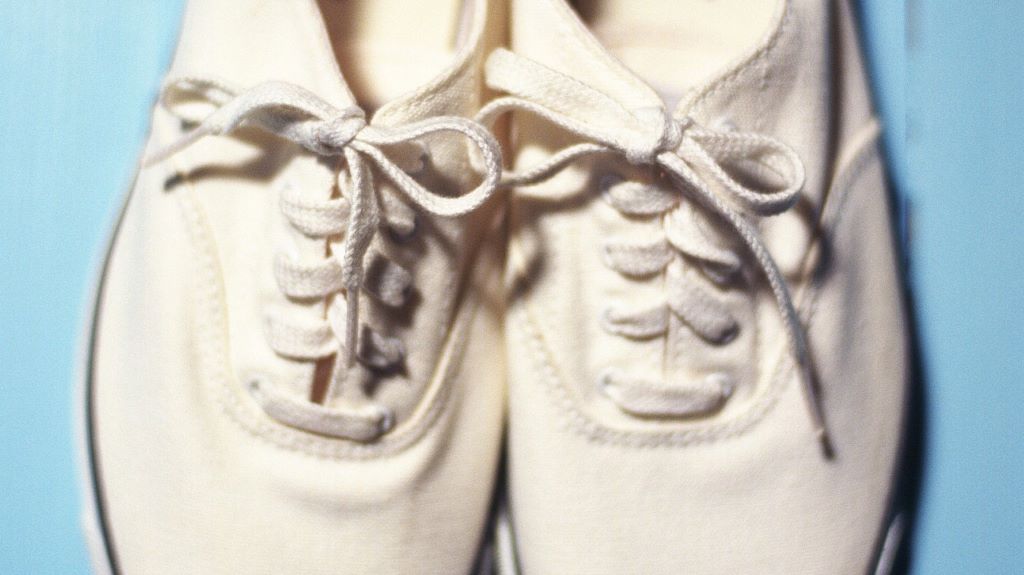Have you ever wondered what people mean when they refer to ‘Giclee Prints’? In simple terms, it’s a method of high quality printing for fine art that is carried out on an inkjet printer. So what makes it different from standard inkjet printing and what are the benefits of giclee over other methods such as screen printing? Read on to find out.

Giclee Origins and Uses
This type of printing was developed in the late eighties/early nineties, and the term itself was coined by a print maker named Jack Dugann who wanted a word with a little finesse, that didn’t sound too technical. Giclee was first done on Iris printers, but has come to mean any high resolution printing of fine art or photography, or even today of computer generated artwork. Not all inkjet printing can be called giclee however.
This kind of printing involves many cartridges, at the least 12, for a fuller colour spectrum that can truly reproduce the artwork and can also be done on a variety of formats including canvas. However, to be a true giclee print it must be on the highest quality paper or canvas, typically of ‘archival’ quality, which will ensure good colour reproduction and durability. Those colours must be pigment-based inks and not dye-based. Giclee printing can only be done on top quality inkjet printers. Photography printed in this manner must have a DPI of no less than 300. Technology such as giclee is yet another way that art can be appreciated by a wider audience.

The Benefits of Giclee for Fine Art and Photography
As opposed to a limited offset print order, this type of printing can be produced on demand at any time once it has been scanned as a digital copy. It’s faster and cheaper than screen printing, plus there are more places offering the service at competitive prices, such as http://www.river-studio.com/fine-art-printing/fine-art-giclee-printing.php. Provided the print is well looked after by its owner, there’s no reason it won’t last 100 years.
As you can see, giclee is one the cheapest and easiest ways to reproduce fine art or photography to an excellent standard. This kind of printing can bring art to a far larger audience, increasing the income of artists and galleries, as well as improving global access to fine art.




Leave a Reply